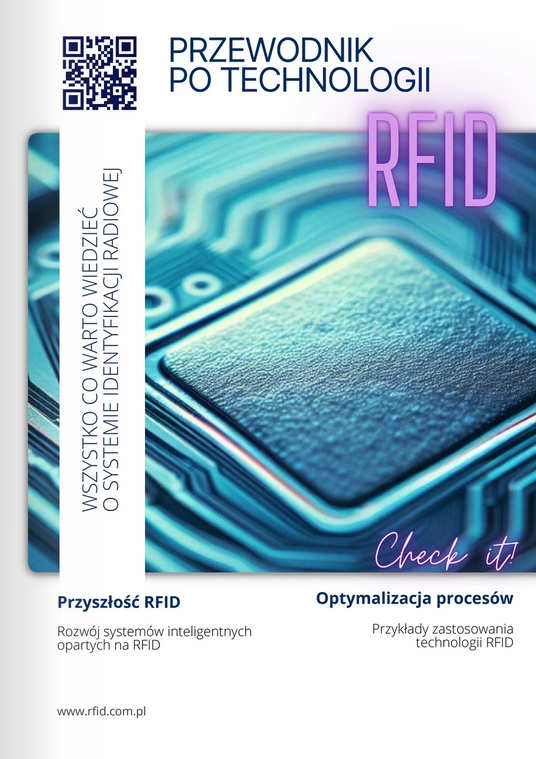RFID in automotive
RFID – the best automation support in the automotive industry
RFID (Radio-Frequency Identification), i.e. identification using radio waves, is used more and more often in almost every industry, e.g. in access control, trade, logistics or contactless payments. Thanks to RFID tags, you can give your assets unique digital identities. This in turn allows them to be identified and located. RFID system is one of the best ways to increase efficiency available today, also in the automotive industry.
What exactly is RFID technology?
Let’s start with the basics. RFID is a kind of alternative to barcodes. This fast-developing radio-frequency identification technology consists of a series of tags, called tags, and a device that is able to read the radio signals sent by these tags. In UHF standard, which is widely used in logistics, passive tags are used. They contain a chip with a programmed identification number of a given product, as well as a transmitting and receiving antenna. The tags are powered by energy from radio waves generated by the reader, so they do not require batteries. When the tag receives the waves, energy flows through the internal antenna to the chip.
Who is RFID technology for?
The technology has been designed for all companies that strive to automate work and eliminate human errors. RFID helps to save time, and at the same time facilitates work and supervision over the production line. The systems are implemented in many industries, including industry, logistics and transport. RFID helps companies:
- eliminate manual scanning errors,
- speed up the label scanning process,
- reduce the delays associated with manual barcode handling.
Although the initial investment in RFID may seem expensive compared to the cheaper barcode technology, it is increasingly being implemented in manufacturing, industry, logistics and commerce. For many companies, it is already an irreplaceable element of such processes as inventory, identification of employees and registration of their working time, product marking, production tracking, record of returnable packaging, security and access control.
The greatest advantages of RFID system
These are the biggest benefits of implementing an RFID system in your organization:
RFID in the automotive industry
RFID, already used for quite some time in the automotive industry, has recently faced new challenges – the marking of products with RFID tags must comply with the latest guidelines developed by the largest car concerns in cooperation with the German Association of the Automotive Industry (VDA). This directive means the need to adapt to new standards in the field of drivers, implementation, decoding and automation.
RFID technology at IBCS Poland
IBCS Poland, one of the largest producers of comprehensive RFID systems, is the creator of ibcsGate gate, working on the basis of software that reads tags encoded in accordance with the VDA directive. The gateway sends data directly to the host without the need for additional software.
ibcsGate gate works based on author ibcsGate software, which works in an RFID reader and does not require an external PC. The software correctly decodes the data stored in the RFID tag in VDA standard, and then sends them to the master system. The technologies used by Ibcs Poland can be used for receiving and issuing goods, transfers between production and warehouse, and verifying the correctness of goods receipt without checking the content. Within a few seconds, it is possible to scan even several dozen containers.
Elements of IBCS Poland system
IBCS Poland solution, thanks to remote radio identification, enables quick data reading and transfer. Thanks to the use of radio waves, it allows contactless identification of the object using the reader. ibcsGate system consists of the following elements:
RFID gate design
RFID reader and antennas
Labels (and RFID tags)
Printers
Coding software according to VDA 6bit standard
Our RFID solution fully integrates with the customer’s existing infrastructure (e.g. ERP system). External software, e.g. Loftware, can be used to print and program tags. Thanks to its high scalability, it can be completely adapted to the current production process. The app can also be used as a standalone labeling system. It can operate in manual or automatic mode, in which tag encoding and printing are initiated by an external signal.
IBCS Poland and VDA standards




Summary
See more about RFID on YouTube
Download the RFID TECHNOLOGY GUIDE

